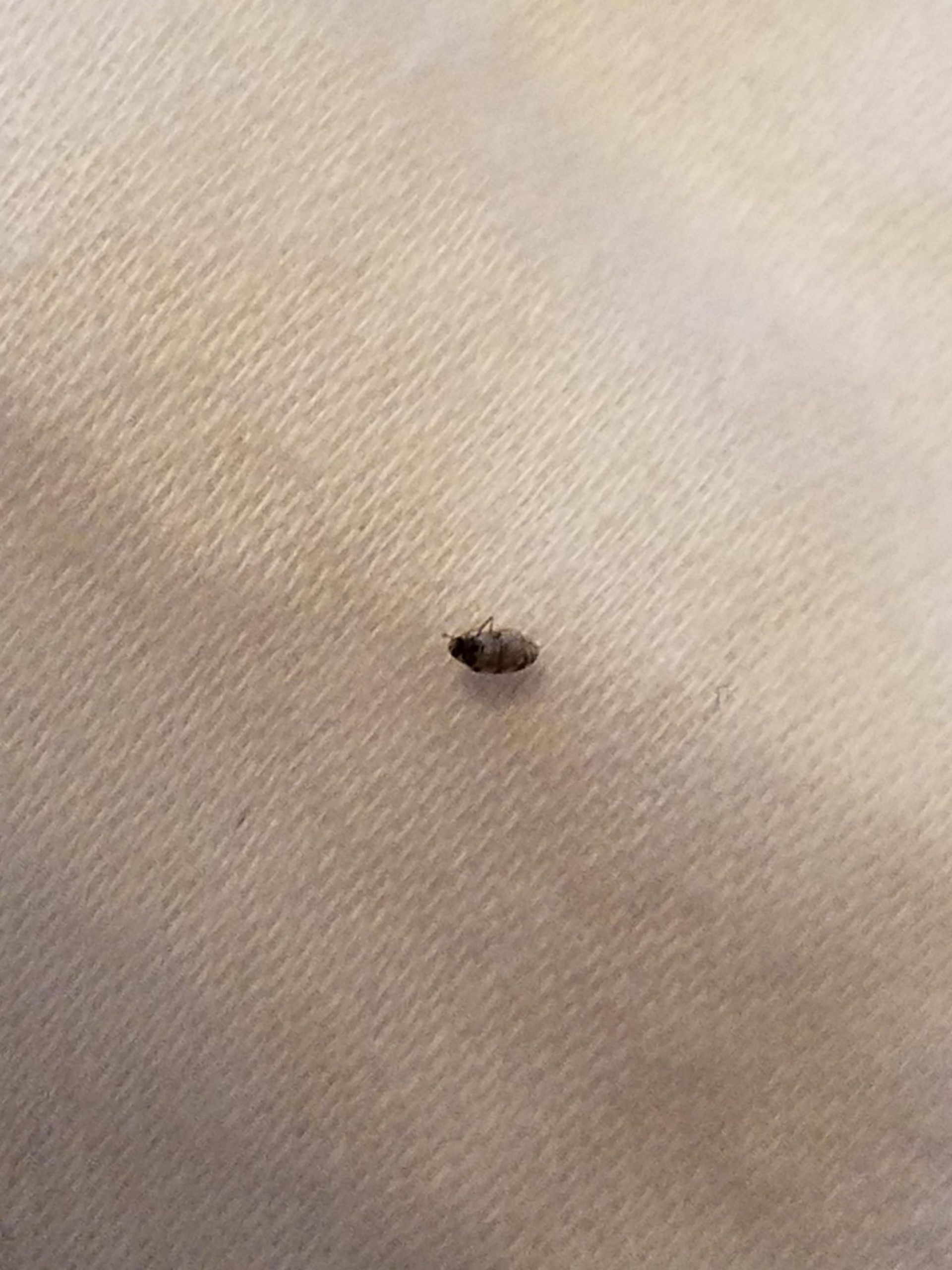Discovering a potential bed bug infestation can be a nerve-wracking experience. But before you sound the alarm, take a deep breath! A surprising number of beetle species bear a striking resemblance to bed bugs, leading to unnecessary anxiety and potentially ineffective treatment methods. This comprehensive guide will equip you with the knowledge to differentiate between bed bugs and their look-alikes, ensuring peace of mind and effective pest management.
Unmasking the Imposters: Common Bed Bug Look-Alikes
Several beetle species have mastered the art of mimicry, causing homeowners to mistake them for the dreaded bed bug. Let’s delve into the world of these imposters and uncover their true identities:
Carpet Beetles: Masters of Disguise
Carpet beetles, particularly in their larval stage, are notorious for triggering false bed bug alarms. These small, elongated, and somewhat hairy larvae, often dubbed “bed worms,” can be found near animal-based materials like wool carpets, furs, and feathers. However, adult carpet beetles tell a different story. They are larger, boasting an oval shape and a diverse array of patterns and colors, setting them apart from their bed bug counterparts.
Spider Beetles: The Long-Legged Tricksters
Imagine a tiny spider with a reddish-brown hue – that’s our spider beetle friend. Their round bodies, long legs, and segmented antennae often lead to initial confusion with bed bugs. However, those distinctive features are key to their identification. Rest assured, spider beetles prefer pantries over bedrooms, seeking out stored food rather than blood meals.
Booklice: Tiny Tenants with a Preference for Damp Abodes
Despite their name, booklice aren’t particularly interested in literature. These minuscule, soft-bodied insects thrive in humid environments, whether it’s a stack of old books or a damp corner. Their similar coloring to bed bugs often sparks concern, but their small size and lack of wings quickly reveal their true identity.
Bed Bugs vs. Beetles: A Closer Look at the Evidence
While these imposters excel at mimicry, understanding their distinguishing features can help you tell them apart from true bed bugs:
Shape: Bed bugs are recognized by their flat, oval bodies resembling tiny apple seeds. In contrast, beetles exhibit a wide range of shapes, from round and bulbous to elongated and cylindrical.
Size: Adult bed bugs typically measure around 5mm in length. Carpet beetle larvae are smaller, while spider beetles can vary in size, with some being surprisingly small.
Antennae: Bed bugs possess short, straight antennae that often go unnoticed. Beetles, on the other hand, sport more prominent and diverse antennae, ranging from long and segmented to short and clubbed.
Feeding Habits: This is where the distinction becomes crystal clear. Bed bugs are obligate blood feeders, relying solely on blood meals for sustenance. Carpet beetles, on the other hand, prefer a diet of animal-based materials like wool, fur, and feathers. Spider beetles are opportunistic feeders, consuming a variety of organic matter, while booklice favor mold and fungi.
Location: Bed bugs prefer to establish their headquarters near sleeping areas, infesting mattresses, bedding, and furniture crevices. Carpet beetles and spider beetles, however, are less selective about their location, opting for areas where their preferred food sources are abundant. Booklice, true to their name, gravitate towards damp and humid environments.
Playing Detective: Tips for Accurate Identification
Ready to channel your inner entomologist? Follow these steps to distinguish bed bugs from their look-alikes:
-
Inspect the Antennae: Short and straight? Likely a bed bug. Long, segmented, or clubbed? Probably a beetle.
-
Count the Legs: While both bed bugs and beetles have six legs, a beetle’s body shape might create the illusion of additional legs.
-
Examine the Wings: Adult bed bugs may possess wings, but they are non-functional. Beetles, on the other hand, often have fully developed wings capable of flight.
-
Observe their Behavior: Are they nocturnal and lurking in your mattress? This behavior suggests bed bugs. Active during the day and found in other areas? More likely a beetle just passing through.
Expert Insights: Navigating the World of Insect Identification
Dr. Emily Carter, a renowned entomologist, emphasizes the paramount importance of accurate identification in pest control. “Mistaking a harmless beetle for a bed bug can lead to unnecessary treatments that don’t address the real problem, not to mention heightened anxiety and wasted resources,” she cautions.
However, it’s important to acknowledge that our understanding of insect behavior and identification is constantly evolving. “There might be undiscovered species or variations within existing species that could complicate identification,” Dr. Carter adds. “Individual insect behavior can also vary, adding to the complexity.”
Effective Pest Control: Strategies for Every Intruder
The good news is that whether you’re dealing with bed bugs or their imitators, proven prevention and management techniques can help you reclaim your home:
-
Prevention is Key: Regular vacuuming, minimizing clutter, and storing food and clothing properly can go a long way in deterring infestations.
-
Carpet Beetles: Regularly clean carpets and upholstered furniture, seal cracks and crevices, and eliminate potential food sources (animal-based materials).
-
Spider Beetles: Maintain a clean and dry home, inspect stored food regularly, and consider using airtight containers.
-
Booklice: Reduce humidity levels with a dehumidifier, eliminate sources of mold and fungi, and consult a pest control professional if the problem persists.
Remember: Knowledge is Power in the Battle Against Pests
The next time you spot a tiny creature causing concern, don’t jump to conclusions. Remember, not every small, brown bug is a bed bug. Observe its features, behavior, and location. If you’re unsure, seek professional identification from a reputable pest control company. Armed with accurate knowledge and effective strategies, you can confidently address any pest situation and enjoy a peaceful, pest-free home.
- Bento Box Glass Offers Practical, Eco-Friendly Meal Storage - December 16, 2025
- The Best Bento Box Price For Your Perfect Packed Lunch - December 15, 2025
- Bento Box Shopping Tips for Smart and Stylish Lunch Prep - December 14, 2025










